(April 19, 2022) On the sets of Carmen at the Arts Centre Melbourne, Shanul Sharma gave his first audition for an opera. For someone with a decade-long experience in heavy metal and rock n roll, it was unusual to see him take the centre stage. But everything stopped the moment he stepped on stage. “I loved the spectacle. In no time, I forgot everything and sang like there was no tomorrow. That was a turning point for me,” Shanul says in an interview with Global Indian.
In years to follow, he performed across Australia, Europe, and Russia, becoming one of the few Indian-origin tenor soloists to achieve the feat. Yet Bolshoi (Russia) holds pride of place. The winner of the 2017 Canto Lirico discipline and the Rossini International Award, Shanul is the first Indian-born Australian to perform as a principal artist in an Australian opera.

Shanul Sharma
A musical ear
Born in Jabalpur to a civil engineer father and a homemaker mother, a young Shanul grew up listening to Mohammed Rafi and Kishore Kumar in the backseat of the family Fiat. “My dad had a huge influence on me. He loved music but he never had the outlet. I had a musical ear, and learnt everything by just listening. So when he saw my gift, he encouraged me to follow my passion,” says Shanul whose teenage years were dedicated to Michael Jackson. “I idolised him not only for his songs but also loved him as a performer. He was a complete package. I imitated him, and would try to sing as high as I could,” says the tenor for whom music was a way of expression. Slowly, he started taking baby steps into heavy metal and ended up performing at school events. “I was bullied a lot in school due to my high pitch – music became a way to feel normal. The more I sang, the more I was seen and appreciated. It gave me a sense of positive reinforcement,” adds Shanul who started composing music in school.
The Oz experience
It was in 2002 that he bought a one-way ticket to Australia to study IT engineering at Charles Strut University’s Wagga Wagga campus. Outside his class, he was the lead singer of the rock band Sobrusion and performed at various pubs and clubs. “I always wanted to be a singer, and we used to make Metallica covers,” says Shanul who found his biggest support in his dad, adding, “He used to say ‘IT engineers toh bante rahenge, singer bann (Can always become an IT engineer, become a singer first).’” For almost a decade, he played with the band, and transitioned from heavy metal to rock n roll.
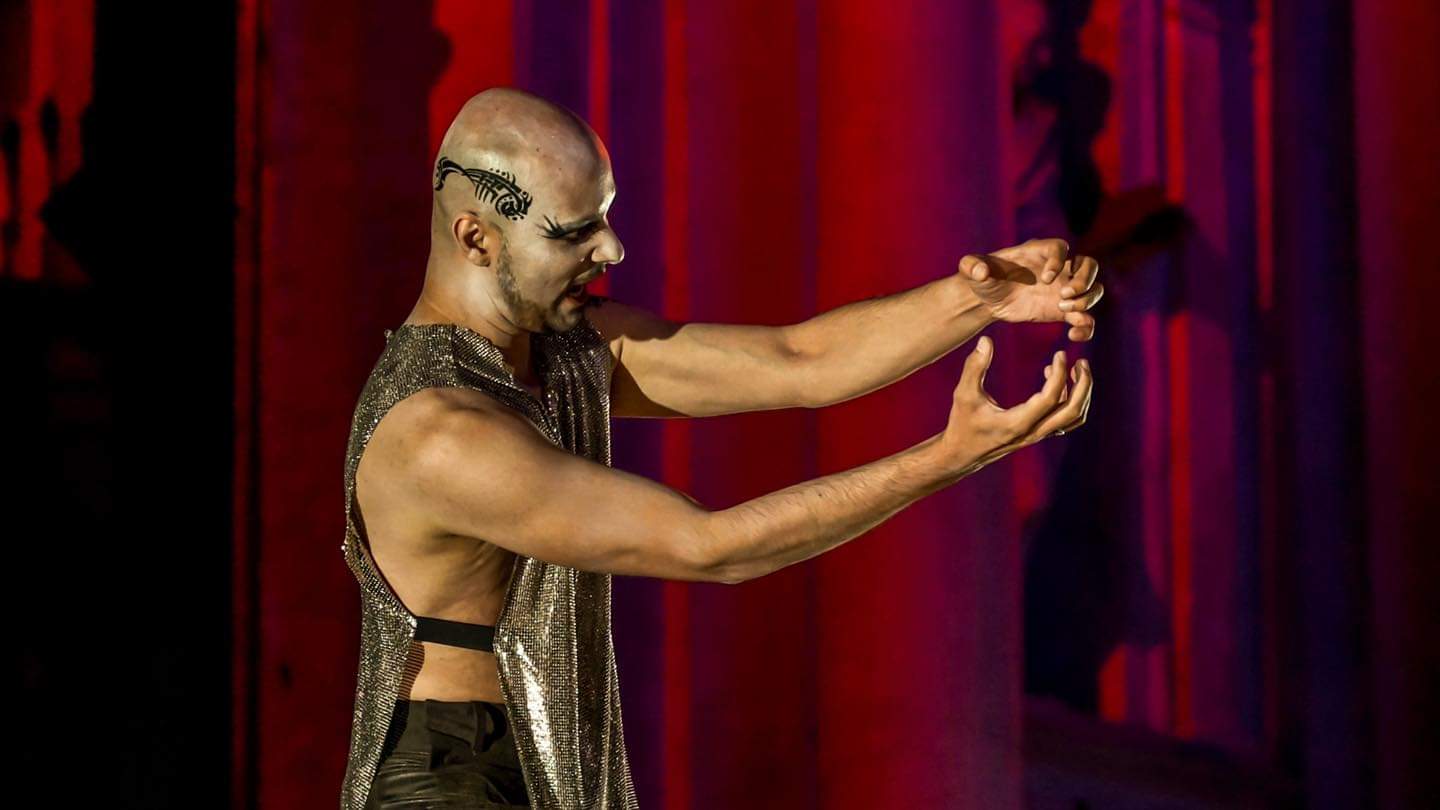
Everything changed when he came across the song Nessun Dorma by Italian operatic tenor Luciano Pavarotti on YouTube and immediately fell in love with opera. “Those two-and-half minutes was nothing but unadulterated vocal music. I had never heard something like this. That was the power of his singing. That’s when I knew I wanted to sing like that,” reveals the tenor who started training in western classical music after his band broke up in 2013. “Since I had a high pitch, I started training with an Italian teacher. It was a seamless transition vocally,” adds the 30-something who calls himself “restless” and loves to experiment. But he had to learn the “stagecraft” as working in opera was very different from heavy metal. “In metal, you write your music but opera is more traditional. You are working with an ensemble of 60-70 musicians. Here you have to fit into the grand scheme of things and make everything believable,” explains Shanul who believes his experience with rock n roll helped him bring something unique to the table.
The next year, he made his debut audition at the Arts Centre Melbourne on the sets of Carmen after an artist pulled out last minute. “I was hesitant initially thinking I wasn’t fully prepared. But then I pulled myself up and went for it. Something took over me onstage, and I forgot everything else,” smiles Sharma who got the role, and took only two days to prepare. “Lyndon Terracini, the artistic director of Opera Australia, was impressed and in two days, I was already on the road performing. I enjoyed every bit of it,” adds the young artist.

Making moves internationally
A year later, he made his operatic debut with Opera Australia as Don Ramiro in Rossini’s La Cenerentola for the Victorian School’s Tour. In 2015, he was accepted into the Wales International Academy of Voice in Cardiff, one of the most prestigious singing academies in the world for his MA in advanced vocal studies. “I raised 53,000 AUD through crowdfunding for the course,” reveals the Indian-origin tenor who soon appeared as Ernesto in Donizetti’s Don Pasquale for Teatro Martinetti in Italy.
Being an Indian and performing opera in a myriad languages, Shanul had to “look, speak and feel” the part. “Whenever I am performing anywhere, the first thing I do is visit their art museum. It gives me an insight into what they find valuable. It helps me gain a sense of expression,” says the tenor. Having performed across Europe, it’s his performance at the Bolshoi Theatre in Russia in 2019 that he holds closest to his heart. “It’s not just the biggest theatre physically but also acoustically interesting. The sounds are beautiful and at the same time loud,” explains Shanul.
View this post on Instagram
Shanul found his greatest support system in his parents, both of whom are no more. “My dad never watched any of my performances as he died in 2012. But my mom did watch me perform in Melbourne in 2019, and it was a beautiful moment. During the live performance, I saw my mom waving at me enthusiastically. I tried hard to not get distracted,” laughs Shanul.
The past two years have been trying times for the artiste. “During the lockdown, 15 of my productions were cancelled. We are slowly getting back. However, a lot is still uncertain,” says Shanul who is hopeful of things getting better in 2023. “I am preparing for a handful of productions,” says the tenor who loves watching Bollywood films like Dangal, “I can relate to the life of a sportsperson because it is a lot like that of an artiste,” concludes Shanul.




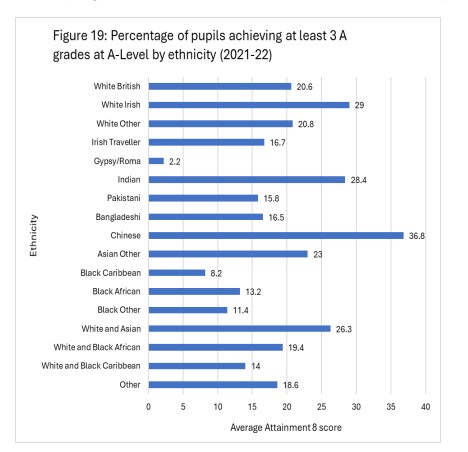
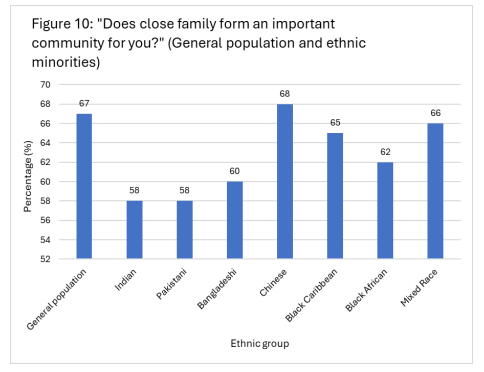 Data: Policy Exchange[/caption]
Data: Policy Exchange[/caption]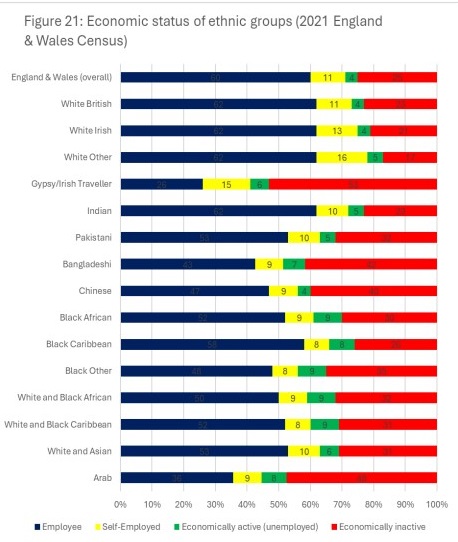

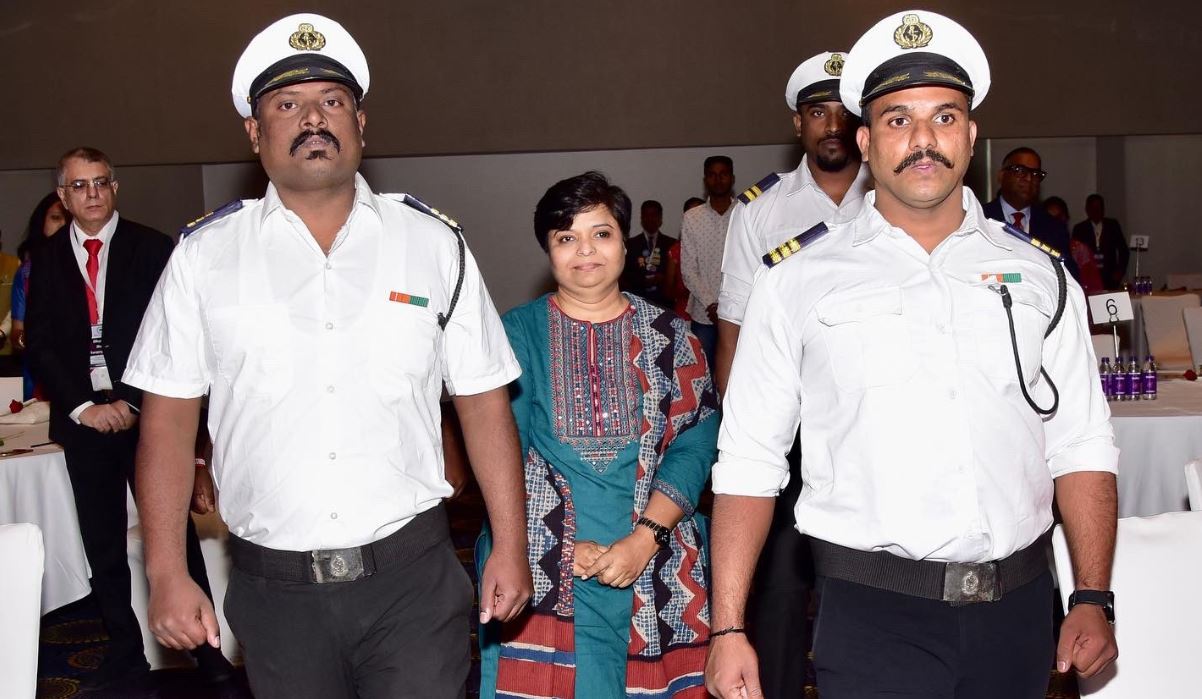
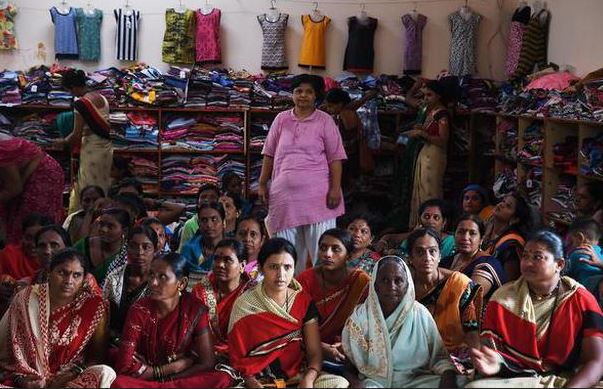
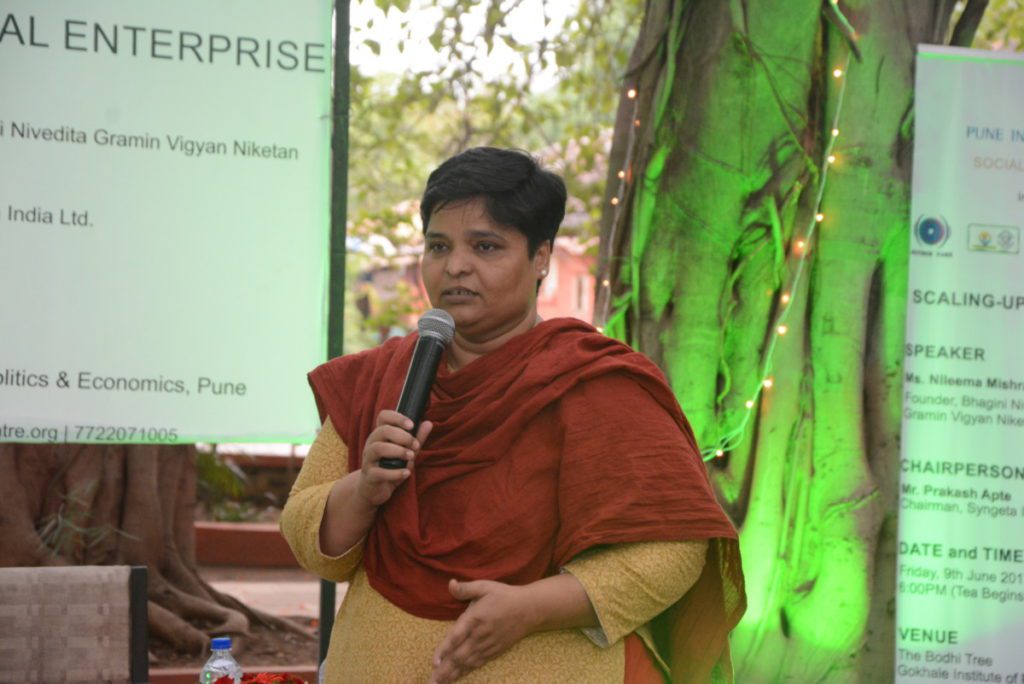

 Madhavi Shankar, CEO and co-founder, SpaceBasic[/caption]
Madhavi Shankar, CEO and co-founder, SpaceBasic[/caption]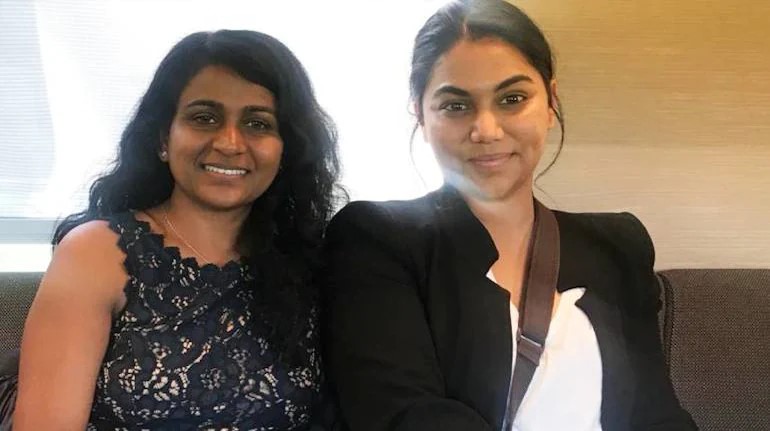 Madhavi and Indu Navar, co-founders, SpaceBasic[/caption]
Madhavi and Indu Navar, co-founders, SpaceBasic[/caption]
 Visual credit: Shubhendu Sharma | TED[/caption]
Visual credit: Shubhendu Sharma | TED[/caption]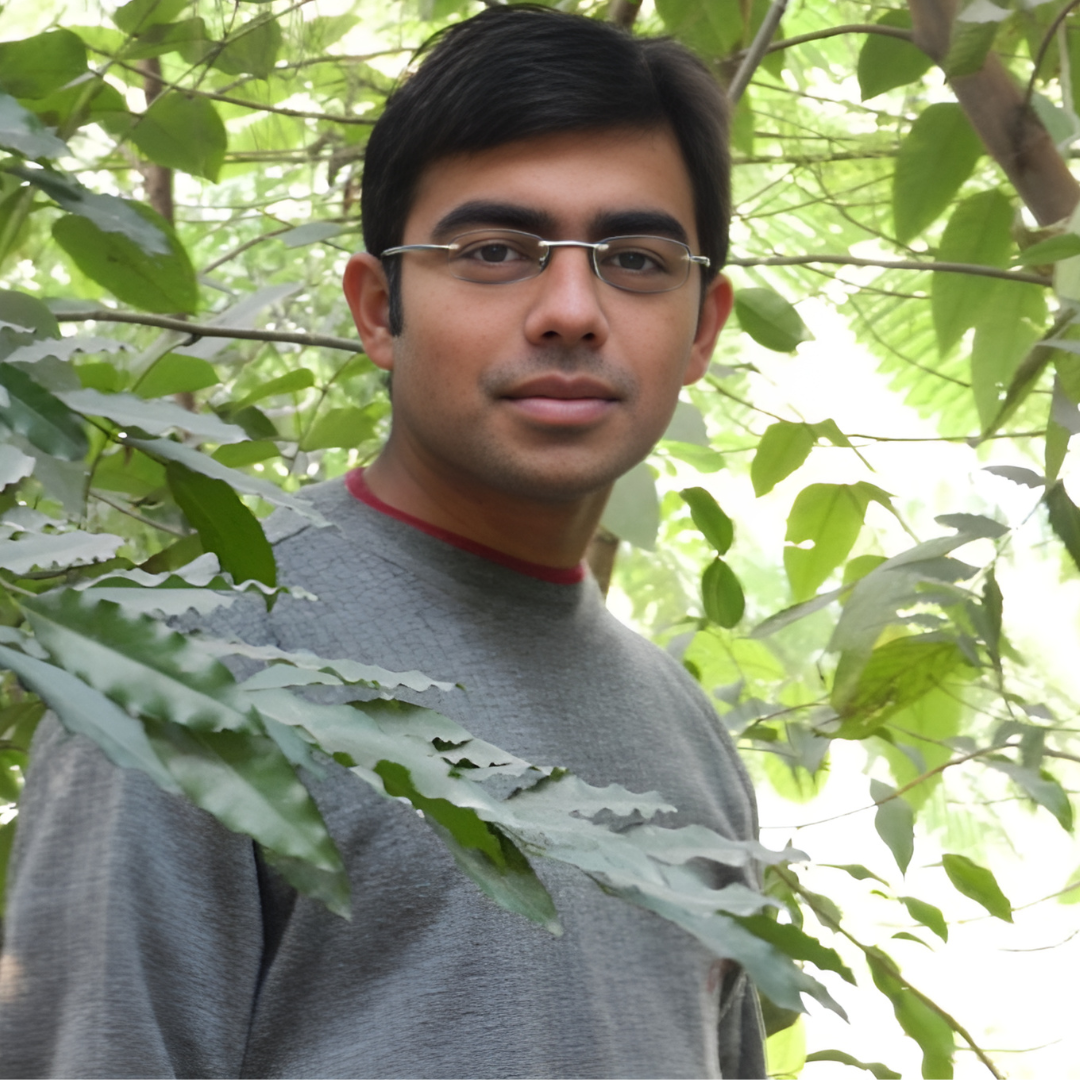 Shubhendu Sharma[/caption]
Shubhendu Sharma[/caption]